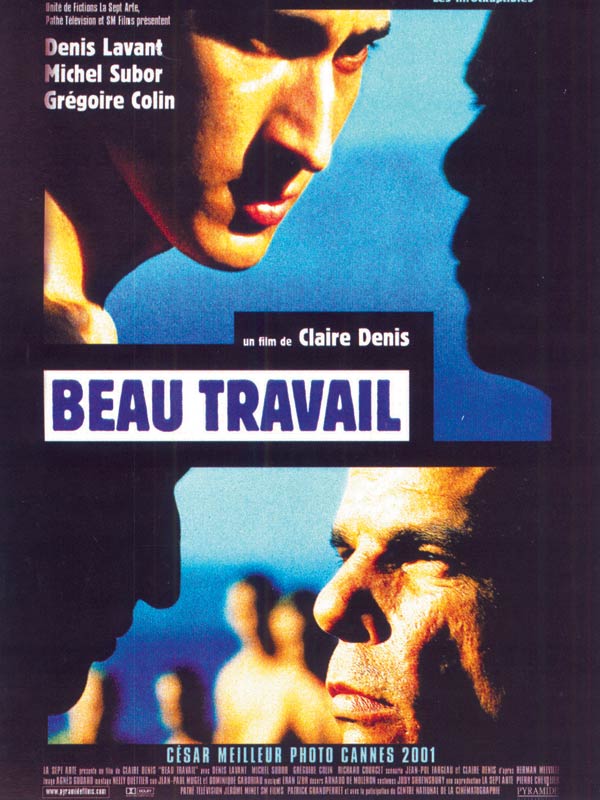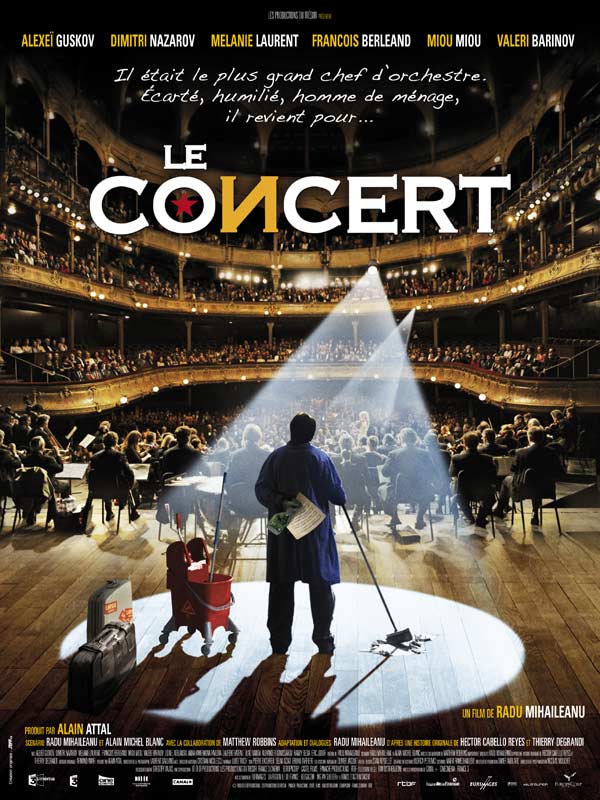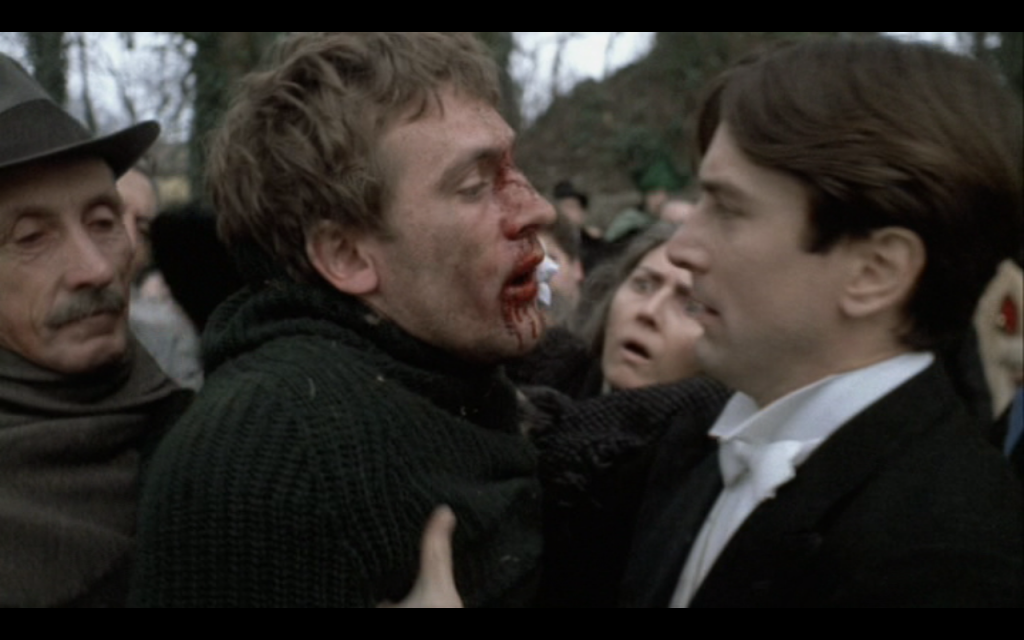 |
| From http://www.moviegoods.com/Assets/product_images/1020/420955.1020.A.jpg |
I want to catch up with the films I have not talked about on here, so I am merely going to include quick reviews for them. I also rewatched David Lynch’s Lost Highway (1997), but I have plans to do a long form review of it. Like Trash Humpers (2009), I’ve not made the task easy for me, as it is another film where conventional film criticism probably goes out the window in trying to explain why I hold it as a good film, but I am going to try.
Aside from that, there is not that much to say. When this is up, I will still be disappointed that the Australian killer pig movie, Razorback (1984), did not live up to expectations. Expect a short review of that along with quite a few others at some point.Anger Me (Elio Gelmini, 2006)
‘Biography of the late author/actor/filmmaker Kenneth Anger, covering his early life as a child actor up through his career as an author ("Hollywood Babylon") and avant-garde filmmaker ( Scorpio Rising, Invocation of My Demon Brother). Included are interviews with friends and colleagues and archival footage of Anger, as well as clips from some of his films.’ – From IMDBIf you are not interested in Kenneth Anger, you may not find anything of worth from this extended interview with him. If you are interested, its recommended. It can be found on the UK DVD Kenneth Anger: Magick Lantern Cycle.
District 9 (Neill Blomkamp, 2009)
‘An extraterrestrial race forced to live in slum-like conditions on Earth suddenly finds a kindred spirit in a government agent who is exposed to their biotechnology.’ – From IMDB
It is such a disappointment that a low budget sci-fi film with a great starting premise about aliens living on Earth registers no emotion, good or bad, from me at the end credits. The premise is great, allowing one to explore what-ifs on alien-human contact, how we would communicate, the potential discrimination, and even the slightest details like there being a group of humans – Nigerians – living amongst the aliens in the district and even betting on fights between alien bugs over money. The problem is every choice Blomkamp chooses – to make it an shoot-em-up action film, to make the Nigerians one-dimension flesh eaters, to give the main alien character a child alien despite the fact that he could have made them completely ‘alien’ in their behaviour over offspring to humans etc. – fails to completely work for me. Even the CGI, especially a joke involving a pig near the end, falters at places. In the end, this film is a complete ‘meh’ film for me if there was to be one.
The Fourth Kind (Olatunde Osunsanmi, 2009)
‘In 1972, a scale of measurement was established for alien encounters. When a UFO is sighted, it is called an encounter of the first kind. When evidence is collected, it is known as an encounter of the second kind. When contact is made with extraterrestrials, it is the third kind. The next level, abduction, is the fourth kind. Modern-day, Alaska, where-mysteriously since the 1960s-a disproportionate number of the population has been reported missing every year. Despite multiple FBI investigations of the region, the truth has never been discovered. Here in this remote region, psychologist Dr. Abigail Tyler began videotaping sessions with traumatized patients and unwittingly discovered some of the most disturbing evidence of alien abduction ever documented. The Fourth Kind exposes the terrified revelations of multiple witnesses. Their accounts of being visited by alien figures all share disturbingly identical details, the validity of which is investigated throughout the film.’ – From IMDB
This is going to be one of my more controversial claims on even if you reading this a year from now, but I immensely enjoyed this film, although to explain why I do have to spoil its background so be warned. After I watched it at first, knowing the legitimacy of the true story could be up for question, I thought it was a bad and exploitative film which was still far more fascinating than a lot of films because its blurring of documentary and fiction was so upfront and raised questions for me about the process in the film and in any other ‘document’. [SPOILER] Than I discovered that the real life story was made up for the film, and it became an even more exploitative and trite film, but also gleefully subversive for a mainstream film. It may still be a bad film, but I can’t help but applaud the director-writer for his hoax, especially when it does, even by accident, raise questions about the legitimacy of biopics and documentaries. For example, the fact that the casting of both versions of Dr. Abbey Tyler and her patients is vastly different, from ordinary ‘real’ people to actors like Milla Jovovich who are clearly more glamorous looking and handsome, is almost a swipe at this habit done in a lot of biographic works. For me, it’s not only a film the late William Castle, who played tricks on his audiences, would be proud of but it’s an (accidental/purposeful) subversion of docu-fiction. [SPOILER ENDS]
The Great Silence (Sergio Corbucci, 1968)
‘A mute gunslinger faces off against a gang of bounty hunters in the great blizzard of 1899, and a grim, tense struggle unfolds.’ – From IMDB
Deserving of its praise. With its expressionist acting (even if you were to watch it in the Italian dub), snow bound landscapes and a beautiful Ennio Morricone score, this bleak Spaghetti western is a gem of any type of western worth viewing.
Kenneth Anger: Magick Lantern Cycle (2009)
Not a film as per say, but a collection of almost all of the experimental films by Kenneth Anger by the British Film Institution. An obvious influence on David Lynch and Martin Scorsese, Anger combined quick editing, the use of pop songs like Blue Velvet, and dreamlike imagery into many visual rich short films, though his subjects varied, from homoerotic desire in Fireworks (1947), a film he directed and starred in when he was only 17, to motorbike gangs in Scorpio Rising (1964). I wasn’t a fan of all of his work, as I feel he has a bad habit of making films too long, but for the most part his work is very striking and inspired even now. It does depend on your tastes if you will find merit to them, but it is recommend to explore his work. As I’ve mentioned earlier on in this post, the BFI release also includes a documentary/interview Anger Me.
Little Odessa (James Gray, 1994)
‘This film tells a bitter tale of a dysfunctional family. Joshua, a cold-blooded professional killer, returns to his Brighton Beach boyhood home for a "job." He knows it will be difficult to return to the Russian-immigrant community of his youth--in his eyes, we see anticipation of the inevitable emotional pain and psychic turmoil that seeing his forsaken family and estranged companions will bring him. To do his job, and try to maintain some semblence of sanity, he has had to wall off his humanity from even himself. Seeing his kid brother, who adores him, talking with his dying mother, who still loves him, and yes, arguing with his abusive father, begins to wreak havoc with his personal defenses. As his steely demeanor begins to dissolve, we are shown the soul of a hit-man crumbling away, piece by piece. Finally, all that he now allows himself to admit that he loves is agonizingly torn away from him and he is left with the ultimate punishment for his transgressions.’ – From IMDB
I am just as big a fan of James Gray as the French are, feeling that his films like Two Lovers (2007) and We Own The Night (2007) do stand above most others of the same genres not only in having great performances and depth to them, but in Gray’s skill as a director especially in the use of light. For his first film, this skill in directing was still developing but there was still quality to the film, a small, melancholic work which mixes a crime story with drama. Excluding the weird accent Tim Roth has in the main role, the acting is up to scratch for what the film needs, and Gray himself is still able to create striking images and flourishes to scenes that showed he was talented even back then. Now having seen all of his feature films, I hope for the next one.
The Niklashausen Journey (Rainer Werner Fassbinder & Michael Fengler, 1970)
‘Can a small group of people start a proletarian revolution, asks the "Black Monk" in a leather jacket. The medieval shepherd, Hans Boehm, claims to have been called by the Virgin Mary to create a revolt against the church and the landowners. The "Black Monk" suggests that he would have more success if he dressed up Johanna and had her appear as the Virgin Mary.’ – From IMDB
For this year I have been slowly going through as much of the late German director’s work as I can, starting from the beginning and progressing through everything in a roundabout sort of way at some point. It hasn’t been easy for me sadly, as I am still waiting for the moment he left his first period, where he tried to be a German Jean-Luc Godard, and would eventually become the man who would make the fascinating TV adaptation of Berlin Alexanderplatz (1980). The following film feels very much like a Godardian work, placing an historical individual into the then-present but ending up like a dated and dull political film where scenes usually end with actors talking about politics in un-engaging way.
Storm (Hans-Christian Schmid, 2009)
‘Hannah Maynard, a prosecutor of Hague's Tribunal for war crimes in former Yugoslavia, charges a Serbian commander for killing Bosniaks. However, her main witness might be lying, so the court sends a team to Bosnia to investigate.’ – From IMDB
A big disappointment for me. Ever since I saw the director’s previous film Requiem (2006) on British television unexpectedly and was surprised by it, I had been waiting for his next with anticipation. The problem with this is that unlike that previous film, where it took a real life incident in Germany of an epileptic girl, involving a mental breakdown and the involvement of exorcism, and places the viewer in her perspective, Storm distances the viewer from its serious subject of war crime that it becomes something that happens outside of ordinary life. Worst is that, for its moments of moral ambiguity, it comes down to a flawed but good lawyer (Kerry Fox) versus an evil war criminal in a plot that could easily be rewritten to be a pulpy Hollywood thriller.
Vengeance (Johnnie To, 2009)
‘A French chef swears revenge after a violent attack on his daughter's family in Hong Kong, during which her husband and her two children are murdered. To help him find the killers, he hires three local hit-men working for the mafia.’ – From IMDB
While it doesn’t completely gel together structurally, I cannot deny that Johnnie To is a gifted filmmaker. His greatest skill behind that of being a veteran of filmmaking for many years is that he has a sense of imagination which, working with his scriptwriter, his production crew and actors, allows improvisation and different ideas to be taken onboard that allows scenes, especially gun battles, to be original and different from each other and make sense within the context of the film. It also helps that the acting is of a higher quality and that the cinematography is sumptuous at times, putting this above many crime thrillers from any country.
Link to the Magick Lantern Cycle DVD
Also available on Blu-Ray
Note - I realise there is a huge price difference where the Blu-Ray is actually cheaper. As someone uninterested in Blu-Ray, except when its the only way to see a film, this was very annoying. You can search other websites for cheaper prices. As for importing it to another country, I have no knowledge to help, although the United States has normal DVD versions of Anger's films available.





















